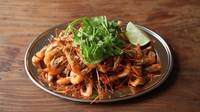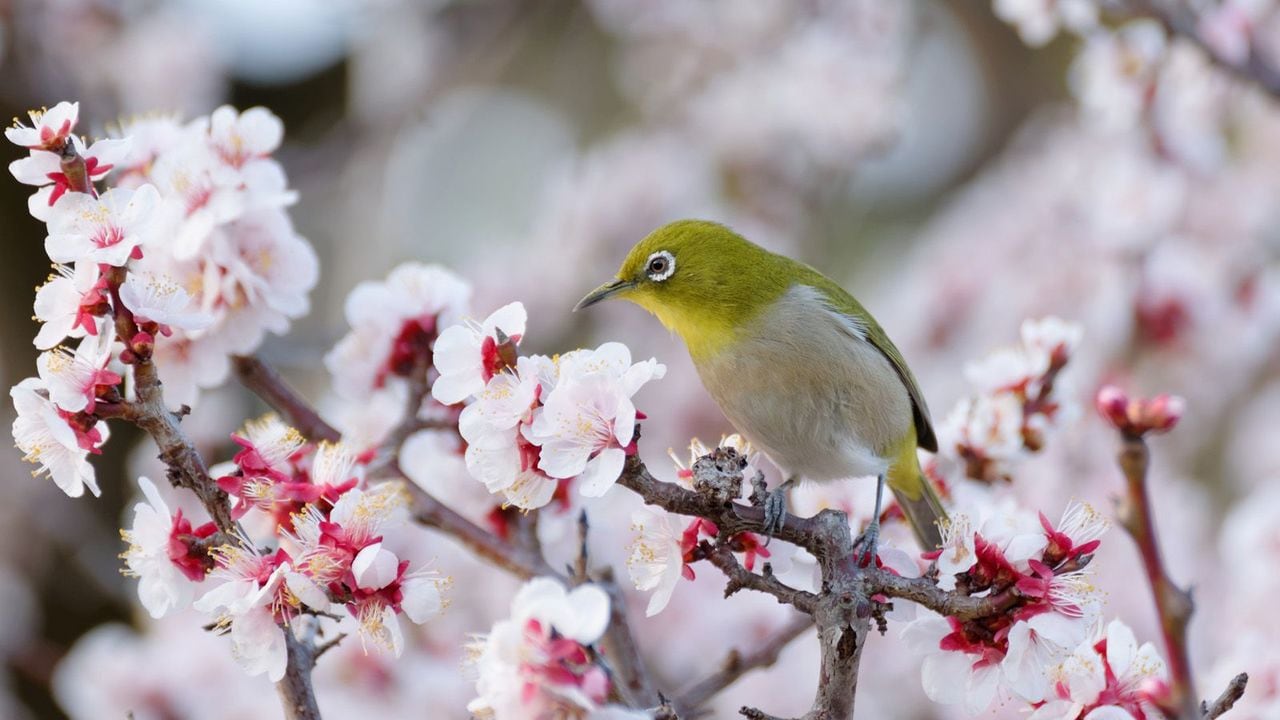
Plum – or ume – flowers may not be as spectacular as the cherry blossoms, which bloom around a month later and symbolise spring in Japan. Still, these mainly white and pink beauties have been held in high regard for over a millennium, and are renowned for their pleasant fragrance that fills the Tokyo air from early February to mid-March.
Plum trees can of course be found all over the city, but the parks, shrines, temples and gardens listed here rank among the top ume-viewing spots, many of which have been popular since the Edo era. Wear your warm jacket and head out to admire these heralds of early spring.
The top ume spots
Shiba Koen Plum Festival
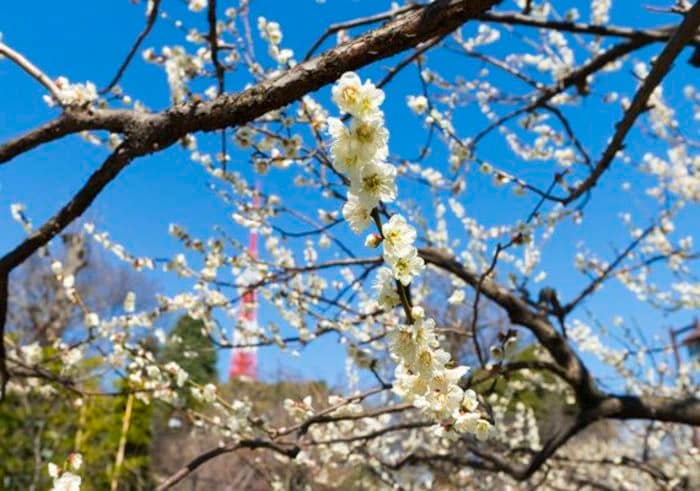
The around 70 purple and white plum trees at Shiba Park, in the shadow of Tokyo Tower, were actually transplanted from Shinjuku's Tsunohazu in the early 1900s. This two-day festival celebrates their blooming with performances of traditional Japanese music and tea ceremony (¥350, includes tea and confection).
Koganei Park Ume Matsuri
Enjoy the Musashino spring at Koganei Park, where around 100 plum trees will burst into bloom in February. Volunteers will be on hand to guide visitors around the park, and there will also be performances of traditional Japanese music at a temporary stage set up under the trees. Open-air tea ceremony is available for ¥500, while classes for calligraphy and decorative knot-tying are set to take place as well.
Mukojima Hyakkaen Plum Festival
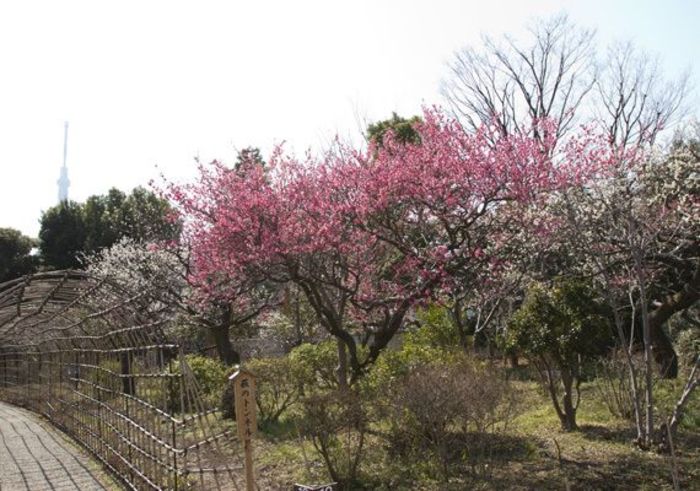
Mukojima Hyakkaen, the only surviving Edo-era flower garden in Tokyo, boasts an impressive collection of ume plum trees that bloom beautifully in early spring. This festival takes place to celebrate the colourful scenery and features performances of traditional arts and dances, including the Sendai-born suzume odori ('sparrow dance').
Sankeien Plum-Viewing
Although best known for its cherry blossoms, Yokohama's spacious Sankeien is also a nice choice for plum-watching. Bursting into white and pink from early February to mid-March, the around 600 trees here include a few rare varieties. A plum tree bonsai exhibition, performances of traditional music, monkey shows (!) and free barley tea (at the park's teahouse, 10am-3.30pm) add to the experience.
Koishikawa Korakuen Plum Festival
Constructed under the watchful eye of 17th century Tokugawa daimyo Mito Komon, Koishikawa Korakuen's plum tree garden remains beautiful to this day. The best time to visit the grounds is in late February, when the trees become filled with purple and white flowers. This yearly festival also features performances of traditional music, Edo-style street artistry and guided tours of the park.
Jindai Plum Festival
The Jindai Botanical Garden's plum park turns pink, purple, and white around the middle of February, when the approximately 180 plum trees burst into bloom. There will be guided tours during the festival period, and visitors can also learn more about traditional plum-growing techniques. Make sure to check out the park's museum, which exhibits Edo-era art themed on the ume.
Bunkyo Ume Matsuri
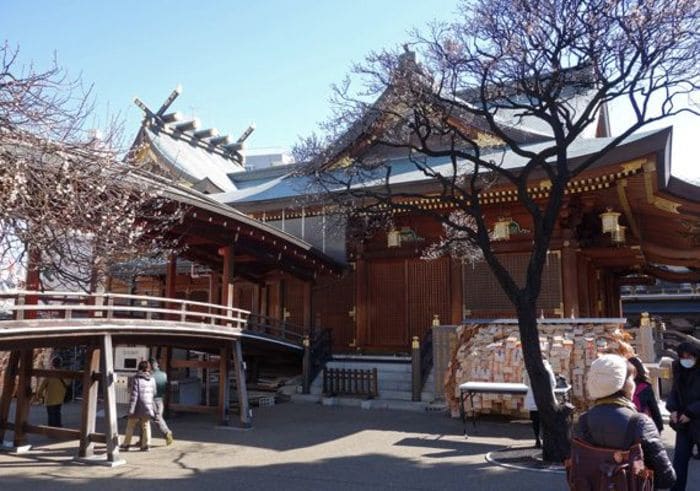
Yushima Tenjin shrine has been a popular spot for plum blossom lovers since the Edo period, and crowds still flock there each year to see its 300-odd ume trees in full bloom. The shrine's annual Ume Matsuri hits its peak towards the end of February and is busiest on the weekends, when the natural splendour is complemented with displays of traditional Japanese music and performing arts – plus the added option of tea ceremony.
Ice skating in Tokyo and Yokohama
30 essential things to do in Tokyo



